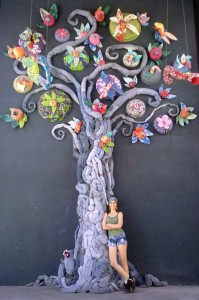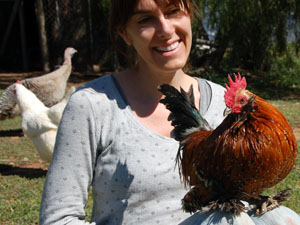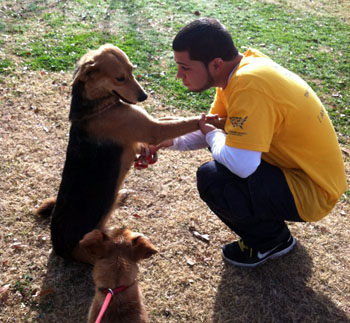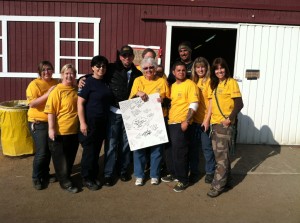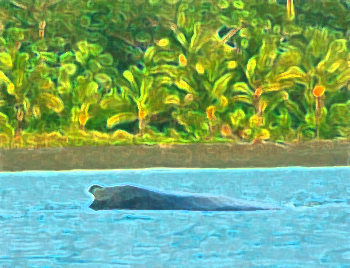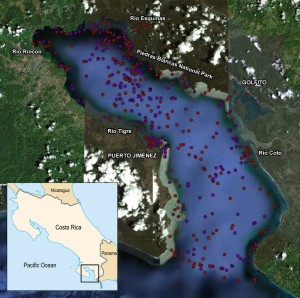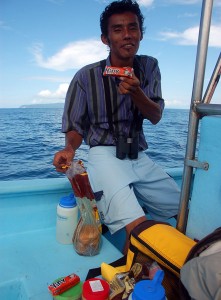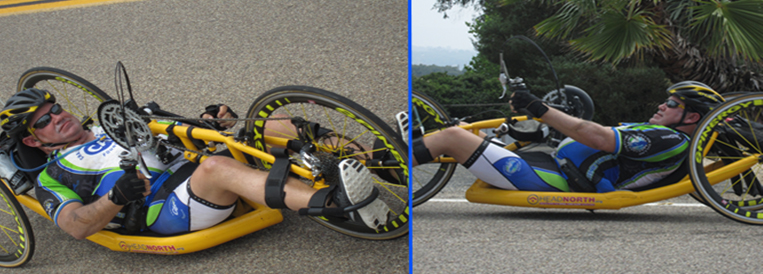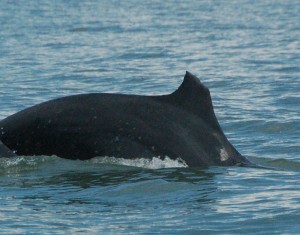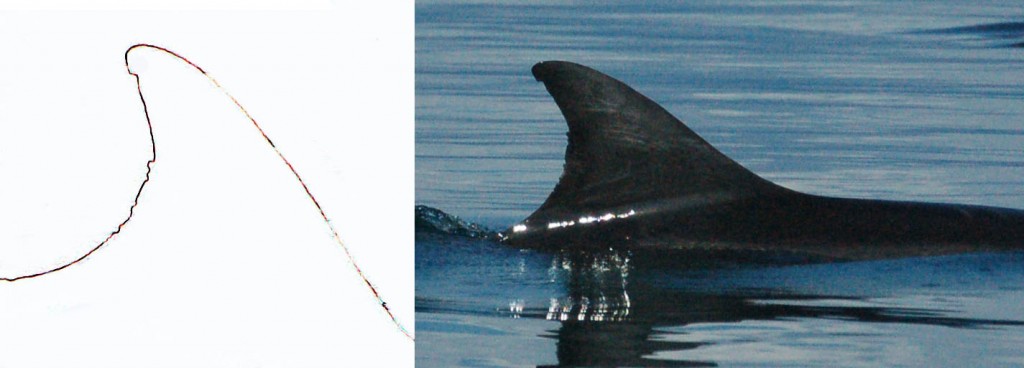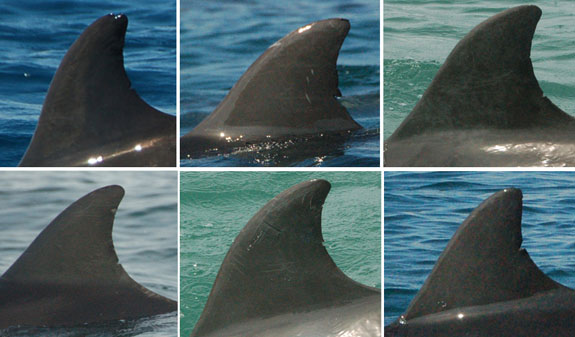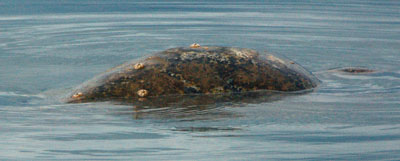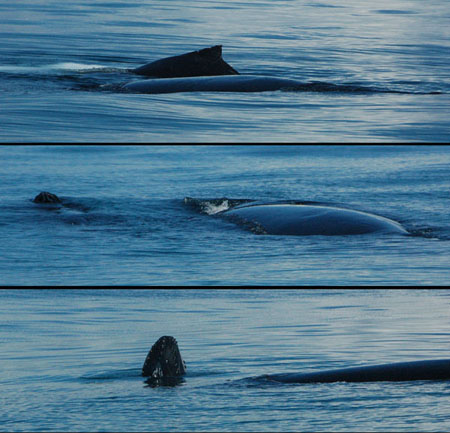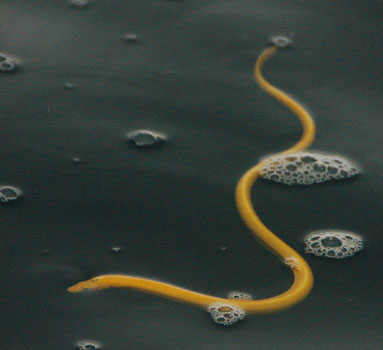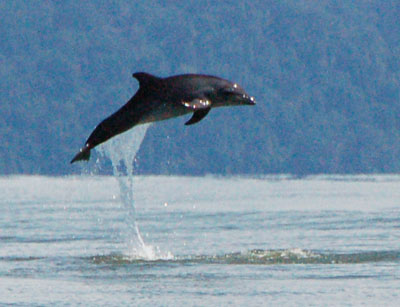After three and a half years of faithful blogging, I humbly request a long-term hiatus. I am up to my earlobes in alligators—figuratively, not literally (although you never know with me)—working on several fun but time-consuming writing projects. Yes, I have some new manuscripts in the hopper.
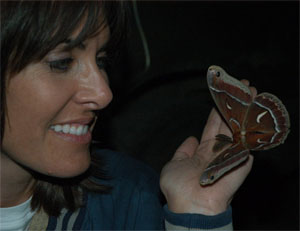 So please, I invite you to peek around and read some of my previous blogs. The words will take you on wildlife adventures and journeys of the mind. There are dozens of posts, mostly essays about my animal experiences and bits of creative wandering, all pretty timeless in nature.
So please, I invite you to peek around and read some of my previous blogs. The words will take you on wildlife adventures and journeys of the mind. There are dozens of posts, mostly essays about my animal experiences and bits of creative wandering, all pretty timeless in nature.
Peruse a category—maybe A Traveler’s Journal or Poetry & Other Writings. Or use the search bar to find posts about specific animals, like for example dolphins. Of course I recommend searching Golfo Dulce since I did a couple years of marine research there and have gobs of great photos and stories.
May I suggest a sampling to get you started?
Nature is a Mother (the birth of a humpback whale)
Southern California Oasis is a Birdwatcher’s Paradise (a day of nature with my dad)
My First Deployment with HSUS: 200+ Animals Rescued from a Hoarder (interesting)
Native Australia: Our First Trip Down Under (a photo essay)
A Poem of Thanksgiving (hope you like it)
It All Started with an Elephant (about my work at the Phoenix Zoo)
A Summer Sensation: Mexican Free Tail Bat Video (a treat to see)
The Spilling of Words onto Paper (midnight scribblings in the jungle)
Born Free: A Gecko Story (a backyard rescue)
Living in Puerto Jimenez on the Osa Peninsula (people and places)
Happy reading!

